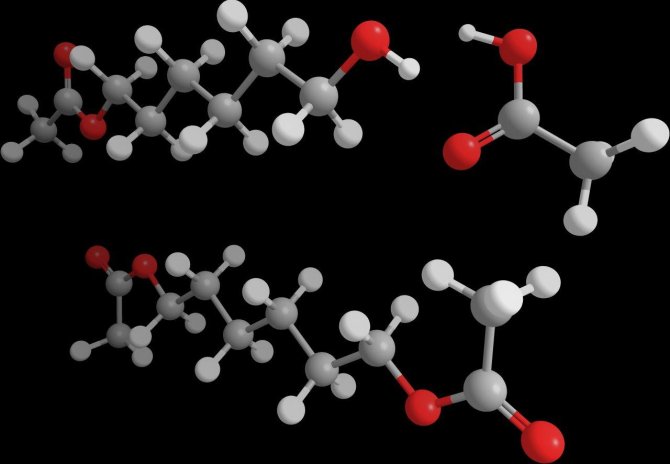
Press release
Modified bacteria convert petroleum directly into building blocks for plastics
Thanks to a bacterium, a long-cherished dream of chemists has now become reality. Equipped with special enzymes, the E. coli bacteria produce building blocks for plastics such as polyesters directly from alkanes – a component of petroleum – without using a lot of energy. This discovery was made by Youri van Nuland at Wageningen University & Research. A patent is pending.
To make plastics, the building blocks first need to be linked to one another. For this to take place, each building block requires a special chemical group at each end, similar to hooks and eyes (Figure 1). Alkanediols are important building blocks; these are alkanes, such as propane or butane, with an alcohol group (hook) at each end. They can be used in the production of polyesters, polyurethanes, polyamides and other plastics.

The alkanediol building blocks that are currently commercially available are often made from the more complex raw materials acetylene or benzene, which are produced using a number of energy-intensive processes that release large amounts of the greenhouse gases carbon dioxide and nitrous oxide. Emissions total six kilograms CO2 per kilogram product, and about 1.8 million tonnes of butanediol are produced per year.
Chemical wish list
It therefore makes sense to produce these alkanediol building blocks directly from the simple, abundantly available alkanes, by adding an alcohol group, or ‘hook’, to each end of the alkane molecule. This conversion process requires little energy and produces very small amounts of greenhouse gases. It is for this reason that the conversion process has been high on the wish list since the birth of the petrochemical industry.
Even so, many industrial and university laboratories have until now been unable to achieve this direct route for the synthesis of building blocks for the plastics industry. It turns out that, during the process, not just the outermost carbon atoms of the alkanes are provided with an alcohol group, but that a hook is also attached to the innermost carbon atoms. The chemical reaction is therefore not specific enough, and therefore produces undesirable by-products. Furthermore, the alcohol groups are then converted into acid groups (Figure 2a), or the whole molecule is converted into carbon dioxide and water.
Enzymes
The enzyme alkane hydroxylase (AlkB) is however capable of very specifically adding alcohol groups to only the outermost carbon atoms of alkanes. Even so, this enzyme also converts the alcohol groups into acid groups. Furthermore, they only attach to one side of the alkane molecule (Figure 2b). Stalemate as far as the chemists’ wishes were concerned, or so it seemed.
Breakthrough
Youri van Nuland, PhD candidate in the Bioprocess Engineering Group at Wageningen University & Research, has now succeeded in achieving the desired conversion of alkanes into alkanediols using the AlkB enzyme. Using genetic modification, he added the AlkB and alcohol acetyl transferase (Atf1) enzymes to a strain of the E. coli bacterium. The Atf1 enzyme quickly secures the alcohol group formed by AlkB, by reacting it with acetic acid to form a stable ester before it can be converted into an acid group. What is surprising is that AlkB is now able to add an alcohol group to the other end of the alkane, and that Atf1 also converts this into an ester. These esters can be easily converted into the desired alkanediol (Figure 2c), without using too much energy.
Van Nuland has demonstrated this conversion at the laboratory scale using alkanes varying from butane to decane. Further optimisation and scale-up is needed to turn this into an industrial process, and a patent has been filed for the discovery.
